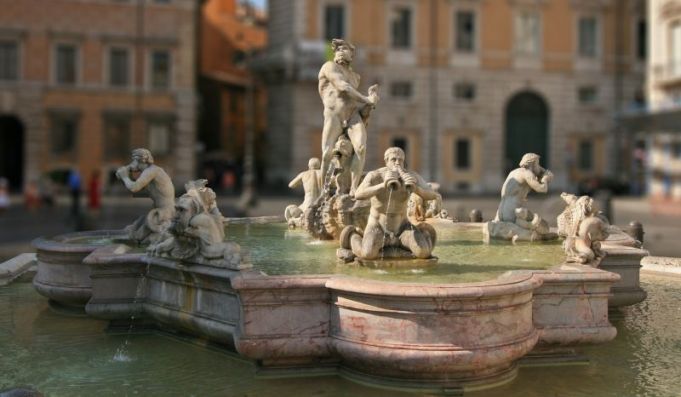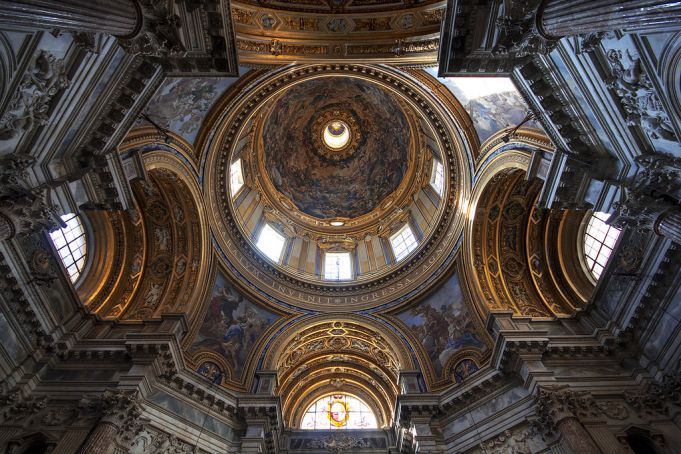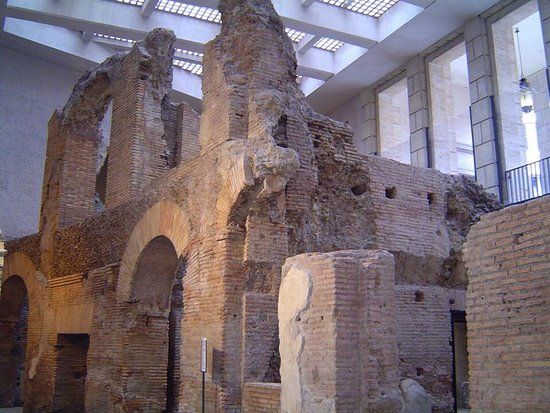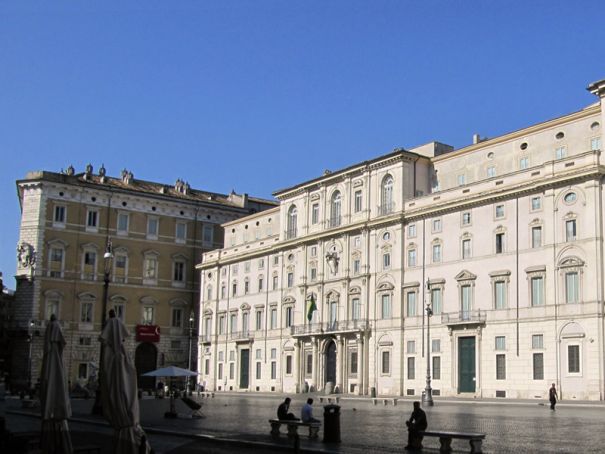Piazza Navona: Rome's Baroque Masterpiece
Discover the enchanting beauty of Piazza Navona, Rome's testament to Baroque art and architecture.
Piazza Navona, arguably one of Rome's most picturesque squares, stands out not only for its aesthetic appeal but for its rich historical tapestry and vibrant atmosphere. This architectural marvel, adorned with exquisite marble sculptures by Bernini and remnants of ancient Roman athleticism, continues to captivate visitors from around the globe.
After all, how many squares can claim to have marble Bernini sculptures and staged gladiator fights and mock naval battles?
This Baroque beauty is stunning during the day, despite the hordes of tourists. But to truly appreciate its splendour, it is best visited at night. Under the moonlight, the three fabulous fountains – the Fontana di Quattro Fiumi, the Fontana del Moro and the Fontana del Nettuno – become particularly magical.
Although paved over during the 15th century to form what we experience today, the rounded shape of the piazza comes from its foundations on top of an old stadium dating back to the first century, the Stadium of Domitian.
The Historical Splendour of Piazza Navona
Rooted in ancient Rome, the piazza's unique oval shape traces back to the Stadium of Domitian, built in 86 AD. Originally a venue for athletic contests, accommodating 30,000 spectators, it later hosted gladiatorial battles and mock naval combats, earning its name Navona, or 'big ship'. Its transformation in the 15th century into the stunning Baroque square we see today only adds to its allure, blending the old with the new in perfect harmony.
What you’ll find at Piazza Navona: The three fountains

The Fontana del Moro lies at the southern end of Piazza Navona. Surrounded by four Titans, a Moor (or African) wrestles a dolphin on a shell. Although the statue of the Moor was added later by Bernini, the original fountain was the work of Giacomo della Porta.
The Fontana del Nettuno (Fountain of Neptune), on the other side of the piazza, was originally the work of Giacomo della Porta, sponsored by Pope Gregory XIII in 1574. But what’s a fountain without a statue of Neptune fighting an octopus? Fortunately, in 1878, following the unification of the kingdom of Italy, this ambition was realised by Antonio della Bitta, with some cupids and walruses thrown in for good measure by Gregorio Zappalà.
Church of Sant'Agnese in Agone

The church was created to be the family’s own private chapel, as the Pamphili’s palace was located very near Piazza Navona. The façade was designed by the Pamphili family’s favourite architect, Girolamo Rainaldi and his son Carlo, but the father and son team was later replaced by Bernini’s arch rival, Borromini.
Today the church hosts not only religious ceremonies but also classical concerts, chamber music recitals and operas. Bernini’s Fountain of the Four Rivers is directly in front of the church.
Domitian Stadium

Tours are also available to see the archaeological remains of this unique landmark and to discover stories about the displays of athletic prowess once held there in its pomp. One reason why not much of the stadium remains is that, in the Middle Ages, the poor were so desperate that they stole stones from crumbling buildings for their own homes.
Palazzo Pamphili

Night-time Magic: The Fountains of Piazza Navona
The square's charm is amplified at night when the moonlight dances on the waters of its three main fountains, turning the bustling piazza into a serene haven. The Fontana di Quattro Fiumi, Fontana del Moro, and Fontana del Nettuno each tell a story, from depicting the world's great rivers to showcasing mythological battles, reflecting the artistic genius of the Baroque period.
Also Read:
- Best day trips from Rome
- 29 Best Things To Do in Rome
- Top 10 beaches near Rome
- Visiting Castel Sant’Angelo, Rome's Castle
- Visiting the Roman Forum
- How to visit Galleria Borghese in Rome
- How to buy tickets for the Vatican Museum
- Hadrian's Villa in Tivoli
- Visiting the Vatican Museums: All You Need to Know
- The Trevi Fountain: A Brief History
General Info
View on Map
Piazza Navona: Rome's Baroque Masterpiece
Piazza Navona, 00186 Roma RM, Italy



















